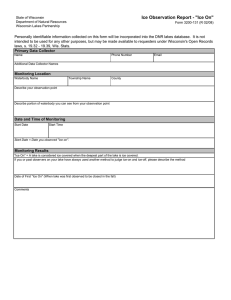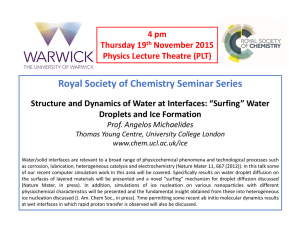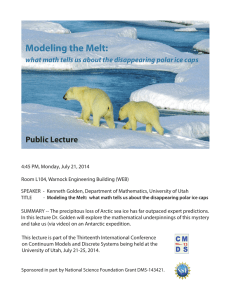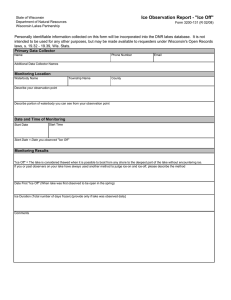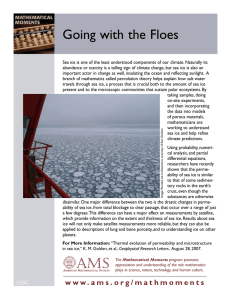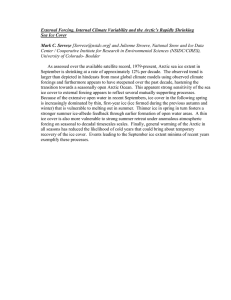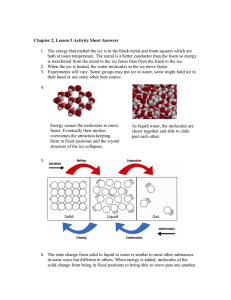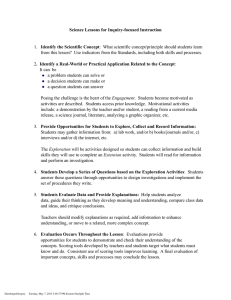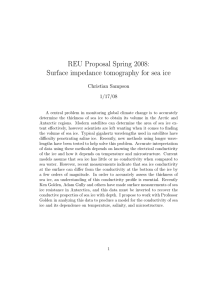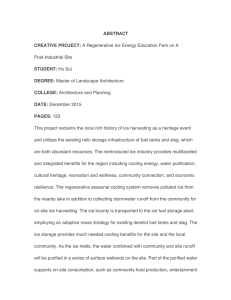Integrated Concurrent Engineering (ICE): Building Lean Conceptual Design Factories Thomas Coffee
advertisement
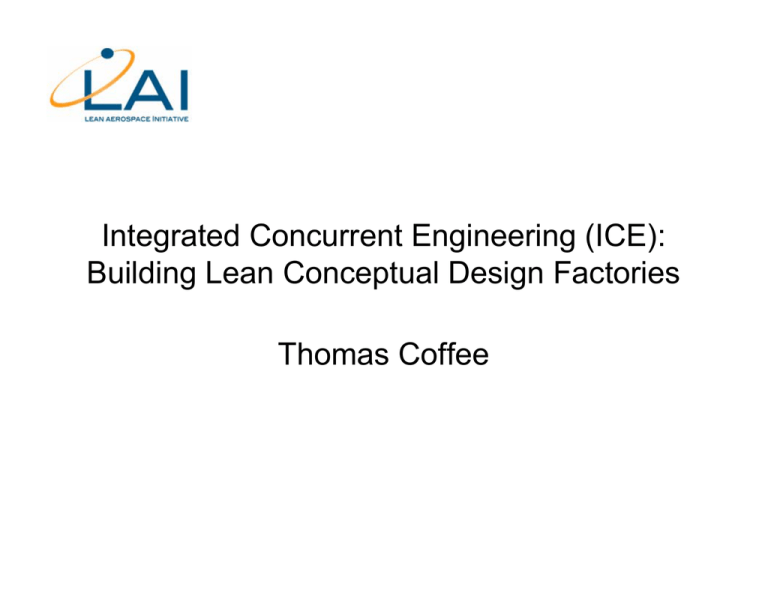
Integrated Concurrent Engineering (ICE): Building Lean Conceptual Design Factories Thomas Coffee (Mark, 2002) The ICE Approach Results of the ICE Approach • Cost reductions (> 3×) in individual concept design studies • Schedule reductions (> 10×) in individual concept design studies • Volume increases (> 5×) in number of studies over a given period • Quality cost estimates (± 5-10%) versus state-of-the-art Standardizing Design Relationships (Lamassoure, 2004) (Bandecchi, 2003) Building a Process Environment Building Standardized Yet Flexible Tools Outputs (McInnes, 2003) Inputs (McManus, 2004) The Role of the Customer How Far Can We Go with ICE? • Flexibility/Reconfigurability: functional decomposition and manipulation of design models • High- & Low-Level Integration: end-to-end models for simultaneous conceptual and detailed design • Solution Space Search: practical reuse of design solutions from prior internal or public projects • Simulated Collocation: distributed collaborative design with low communication barriers • Organizational Integration: universal process adoption and training within the enterprise In information production, there is no limit to how far we can go …






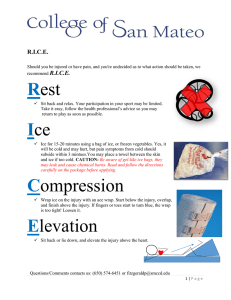
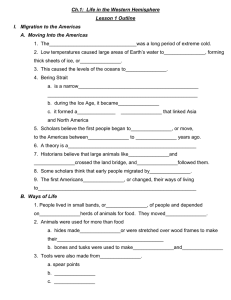
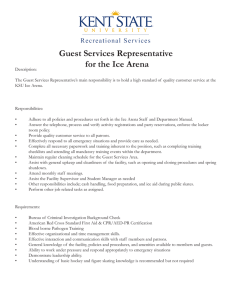
![[], Center/CIRES, Department of Geography, University of Colorado, Boulder](http://s2.studylib.net/store/data/013086432_1-3d12f8d79c56847c45fe62d5bab1fad8-300x300.png)
